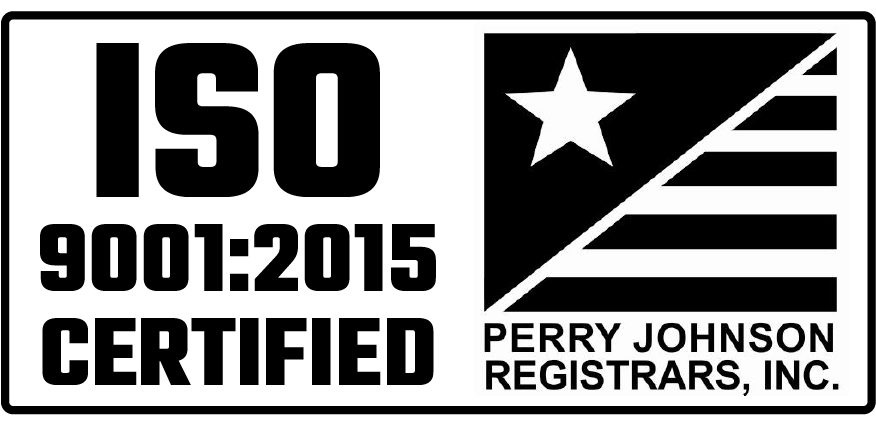When it comes to manufacturing a high-level assembly, an OEM could be dealing with thousands of parts and hundreds of hours of labor — and building more than one high-level assembly on a deadline ties up even more resources. That’s why many OEMs trust an outsourcing partner, like a contract manufacturer, to build certain assemblies for them, which can save time, resources and money.
There are a lot of things to consider when deciding whether outsourcing is the best option for your company. Here are the pros and cons of outsourcing high-level assemblies.
Pros of Outsourcing High-Level Assemblies
Reduce parts and inventory management
Buying all of those individual parts takes hours away from an OEM’s purchasing department, and once all of the parts arrive — likely not all at the same time — the OEM needs to have somewhere to store them. Once the parts are stored, the OEM must make sure all of the correct parts get to the production line at the right time. A contract manufacturing partner will handle all of that, allowing the OEM to order just one part from their partner and know exactly when it will arrive. This will allow the OEM to reduce the amount of time spent ordering, save inventory space and efficiently schedule production based on when the completed product needs to get out the door.Supplemental skilled labor
An OEM may not have enough trained workers to manufacture every single component of its finished product. Hiring workers who understand welding, machining, electrical assembly and mechanical assembly is very difficult right now, as the U.S. is experiencing a skilled labor shortage. When you need to fill orders but you don’t have the workforce to do so, you can choose to outsource high-level assemblies to a contract manufacturing partner that’s equipped with a skilled workforce, ready to build whatever you may need.Increase assembly quality
A trustworthy outsourcing partner will have the technology and expertise to fully test every single assembly it builds for an OEM. That means when the assembly arrives at your door, you can be confident it will function as intended and your production team won’t have to spend time trying to troubleshoot what’s not working before the assembly can be installed. Spending less time fixing problems means you’ll have more time to increase productivity for what’s important to you — getting that finished product out the door.Opportunity for design review
While an OEM may have engineering support in house, an outsourcing partner will also have its engineers review the design to make sure it’s complete and easy to manufacture. Typically, the drawings are just fine and don’t require changes, but the opportunity to have another set of eyes on your work should be welcomed. In the case that your outsourcing partner does catch something, the improvement they recommend can help make your product better than it would have otherwise been. Allowing a contract manufacturing partner to understand the ins and outs of your business can also open doors to innovative solutions that could have only come through your partnership.Gain flexibility in resources
By reducing the demand on an OEM’s purchasing and production teams, the time and money spent on ordering parts, storing them and assembling components can be reallocated to find the best contract manufacturing partners who will gladly manage all of that for you. Once the high-level assembly arrives at your production facility, it should be ready to fasten, plug in and go, saving your team’s time on the back end. Those resources could also be used to refine internal processes and continue your Lean journey, giving your company a better competitive advantage overall.
Cons of Outsourcing High-Level Assemblies
Surrender lead time control
Depending on the workload of your outsourcing partner, the lead time they give you may be longer than you’d hoped. Keep in mind that your partner may be working with different vendors than you are, and their lead times may vary. You’ll also have to consider the additional time it will take to ship the high-level assembly to your production facility. On the other hand, your outsourcing partner could have many parts on hand already, and they may be able to build it faster than you if there are more people available to work on it. Either way, the OEM does lose some control of lead times when outsourcing.Drop in vendor priority
If an OEM stops ordering higher quantities of parts from vendors, it may lose priority with them — meaning the vendor could choose to fulfill other orders before yours when parts become scarce. However, your outsourcing partner may have access to more vendors and have better buying power than you, as they regularly order parts for dozens of customers who need similar high-level assemblies.Lose flexibility with changes
Production changes can wreak havoc on any well-laid plan. If you’ve chosen to outsource high-level assemblies and then implement design changes partway through the order, it can be difficult to get your outsourcing partner up to speed, switch out parts and implement the changes quickly in production. Even if the design change is minor, it’s likely the implementation will be slightly delayed compared to the implementation of a change in-house. However, strong communication can help you and your outsourcing partner react quickly without wasting too many resources.Initial time commitment
In order to ensure you and your outsourcing partner are on the same page with your design and specifications, you’ll need to spend more time thoroughly communicating your needs to your partner. Once you and your outsourcing partner have agreed on a production plan, however, it should be smooth sailing.
As you consider outsourcing high-level assemblies, whether domestically or abroad, keep your organization’s core competency in mind. Is it growing sales and developing a bigger market for your product? Maybe your service technicians shine in the field, or you’re really great at building low-mix, low-volume products. If you choose to outsource production aspects that are challenging for your company, imagine how much more time you could spend cultivating your core competency.
Outsourcing high-level assemblies can also be like adding capacity to your process. Added capacity was just what one forestry and tree care OEM needed when it faced a recurring functionality issue. Since its engineering schedule was already tight, the OEM decided to outsource the design of a new safety control assembly to MCL. Collaboration Enhances Control System Safety, Quality & Performance outlines how the two companies worked together to solve the problem. Click the button below to download the case study.





